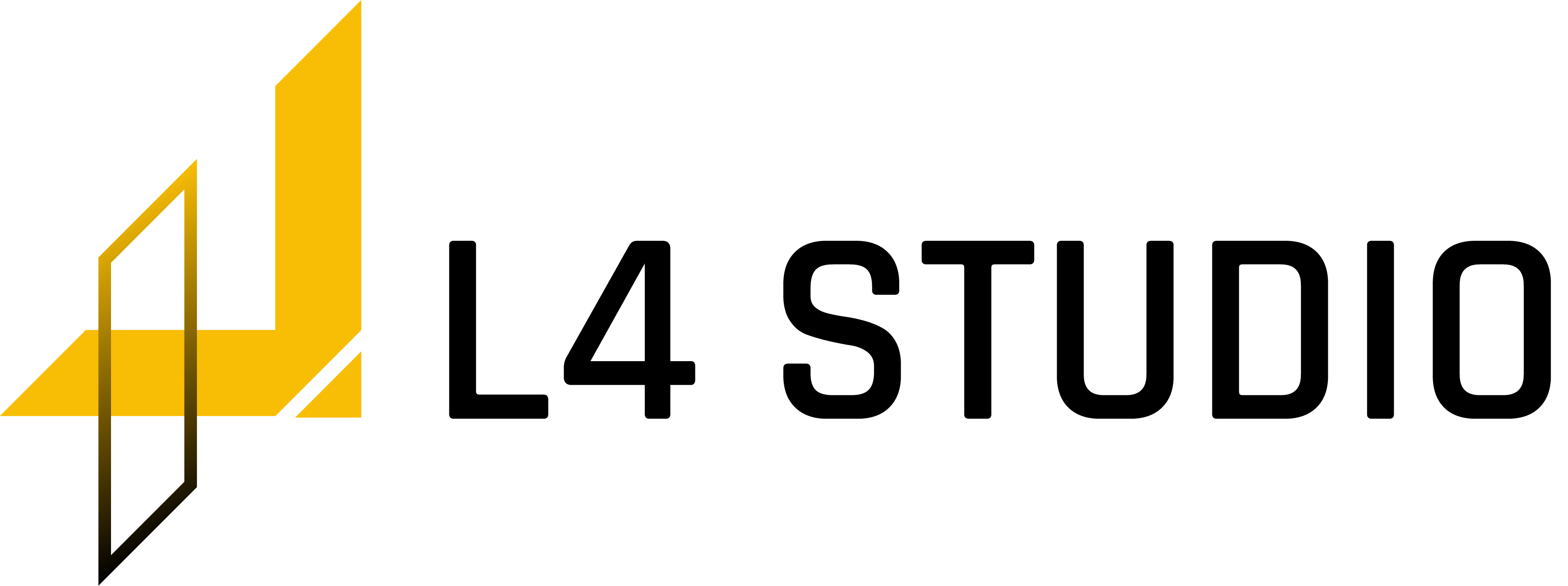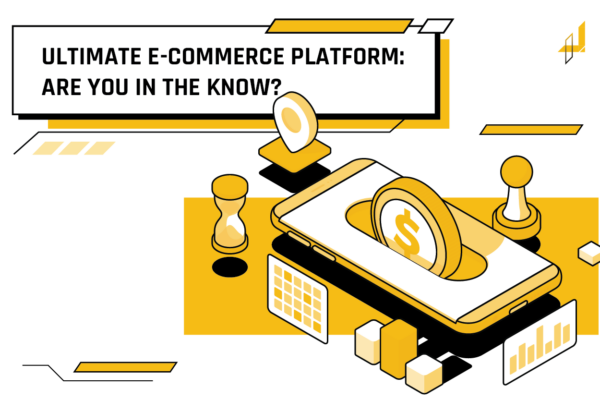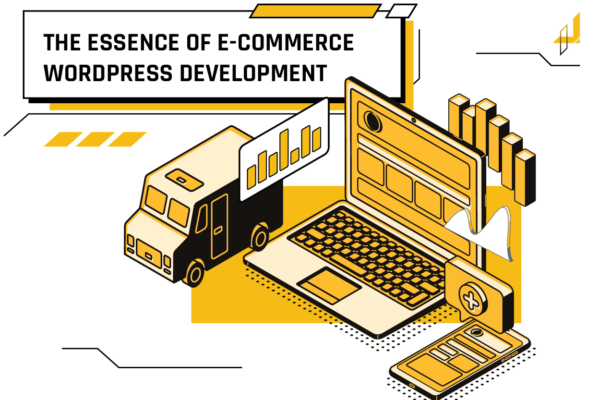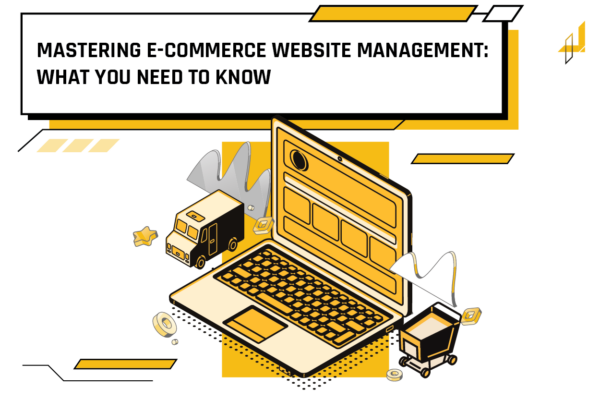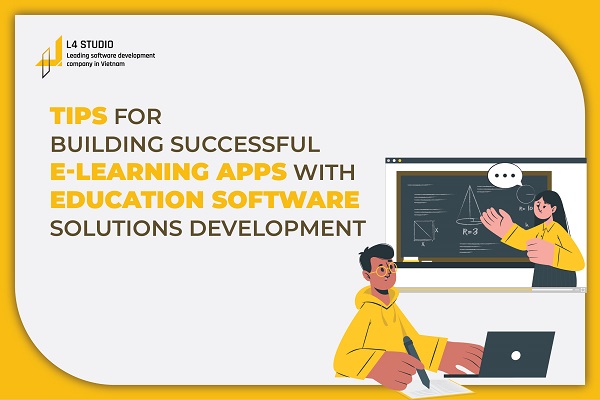
TIPS FOR BUILDING SUCCESSFUL ELEARNING APPS WITH EDUCATION SOFTWARE SOLUTIONS DEVELOPMENT
Many eLearning professionals intend to create their eLearning apps in light of this and are searching for more knowledge on how to do so successfully. And it’s not surprising that building an app is a difficult task. Hiring a great team and having technical expertise is necessary. Access to offshore support post-launch is also important. We’ve written an introductory article to help you develop a successful app with education software solutions development. It provides essential advice to get started.
1. UNDERSTAND YOUR POTENTIAL STUDENTS
Clearly defining your target audience is the first thing you need to do. They, who? Everyone can’t be affected. You need to have a thorough understanding of who your target user is. What are their needs and objectives, and who is he or she? Why will they use your education software solutions development product, exactly? You must respond to these and many other queries before continuing. Everything else becomes simpler once you have a thorough understanding of your potential customers.
Your online classroom will run much more smoothly, and helping students understand will be simpler if you are familiar with your students. It pays off in the long run when we take the time to get to know our students. Similar to classroom management, if you take your time in the beginning, it’ll all be worth it and save you time later.

Figure 1. First, you need to know your user before working to build an eLearning app
Creating a welcoming learning environment requires knowing your students as individuals. This helps in choosing the right education software solutions development. Maintaining high levels of student engagement is crucial and having a support system can help with this. It also provides a safe space for students to seek help when needed. Some students may prefer individualized learning and might benefit from one-on-one meetings with teachers or tutors. Others may benefit from smaller group settings. These students might feel more at ease sharing their opinions in online forums, one-on-one interactions, or suggestion boxes. By recognizing and accommodating individual differences, educators can foster a more inclusive and effective environment to gain knowledge. Diverse teaching techniques can help students build confidence and achieve success in different areas.
2. DEFINE THE MISSION
Educational software solutions development aims to achieve specific educational goals, such as teaching a foreign language or facilitating math learning for children. They are developed to meet the needs of a particular group of learners. Clearly defining the mission and objectives of an eLearning program is critical. Understanding the purpose of the software solution is crucial to drafting its technical specifications, including app requirements and functionality. It helps ensure that the resulting product meets its intended objectives.
A clear definition of the mission and goals is essential for creating effective eLearning tools that can achieve their objectives. The success of an eLearning program is measured by how well it fulfills these goals. Hence, developers must identify the intended users of the software and determine the specific educational needs the app meets. Tailoring the eLearning program to the users’ needs can lead to better engagement and learning outcomes. An effective development process can be executed by defining the user needs and expectations in advance.
3. WHICH TYPE OF FORMAT YOUR LEARNING APP WILL HAVE?
The way people experience the world can vary significantly, resulting in different learning styles. These learning styles are crucial for educators to understand as they can greatly impact their teaching methods. Recognizing and catering to diverse learning styles can enhance students’ academic progress and ensure equal opportunities for success. Teachers should use a variety of teaching techniques to address different learning preferences. When learning styles are not taken into account, some students may be left behind, leading to an achievement gap. Teachers should be aware of this and tailor their teaching methods to suit different learning styles. Therefore, teachers must understand that their students may have unique ways of learning and experiencing information. By identifying each student’s learning style, teachers can adjust their lesson plans, instructional materials, and teaching methods accordingly.
Group projects that consider diverse learning styles can increase students’ collaborative abilities while fostering a more full classroom environment. Additionally, it helps students learn how to work with people from different backgrounds and perspectives, which is a valuable skill. In conclusion, acknowledging and respecting different learning styles can lead to a more inclusive environment for studying.
3.1. For auditory learners
Auditory learners tend to struggle with remaining quiet for extended periods during lectures. Educators can maintain students’ engagement by promoting their active participation through repeating and responding to questions. Such techniques allow for effective communication and reinforce students’ understanding of new concepts. In addition, incorporating group discussions into the teaching process can facilitate worthwhile comprehension for both auditory and verbal learners. Considering diverse learning styles is crucial when using education software solutions development. Features like group discussion forums or audio-based learning materials can be included to cater to these styles. Auditory learners may also benefit from studying through audio or video formats, such as watching educational videos or listening to audio recordings. Understanding individual learning styles can help educators to create a more favorable setting for learning that accommodates diverse learning preferences. By doing so, they can promote inclusivity and increase students’ engagement and academic success.
3.2. For visual learners
When working with students who are visual learners, utilizing the whiteboard or smartboard can be an effective teaching tool. Opportunities to sketch diagrams or doodles can improve students’ understanding of the subject matter. This technique is particularly beneficial for visual learners. Additionally, educators can create handouts and use presentations that are rich in visual cues to enhance comprehension for visual learners. However, visual learners may require additional time to process the information presented to them. Teachers must give students adequate time and space to take in the information and process it at their own pace. By doing so, visual learners can more effectively absorb the material and engage with the learning experience. Ultimately, understanding the unique needs of visual learners is essential for educators to create a more adequate learning environment.

Figure 2. Maybe eLearning apps are suitable the most for visual learners
3.3. For kinesthetic learners
For visual learners, sketching diagrams or doodling examples related to the subject matter can enhance their comprehension of the material. Incorporating this technique in teaching can provide students with an alternative way of processing and retaining information. Teachers can engage these learners by assigning activities that involve acting out a scene or concept from a lesson.
Additionally, educators can integrate movement into their lesson plans through education software solutions development. Digital whiteboards can serve as interactive tools that allow students to write or draw to reinforce learning concepts. Incorporating this technology can enhance engagement and retention of material. Incorporating pacing techniques and learning games that require movement can also be effective strategies for engaging these learners. By recognizing and catering to the needs of kinesthetic learners, teachers can create a more diverse and efficient learning setting. Incorporating physical activity and movement into learning can enhance student engagement and retention of information. This approach can be beneficial for a variety of learners, including kinesthetic and tactile learners.
3.4. For reading/writing learners
Traditional educational systems often cater to the visual learning style, with activities such as essay writing, research, and reading. Other learning styles may not be as readily accommodated. However, it is essential to ensure that students have adequate time to read and comprehend the written material. In addition, educators should provide opportunities for these students to express their thoughts and ideas through writing. By recognizing and catering to the unique needs of visual learners, teachers can create a more comprehensive learning environment. Ultimately, understanding the individual learning styles of students is essential for providing a comprehensive and inclusive education that meets the needs of all learners.
There are numerous ways to facilitate learning, including through text, video, audio, games, and other mediums. Developers have the option to include single or multiple formats in an educational app, depending on the target audience and goals. This approach allows for greater flexibility and customization in app development. For instance, gamification may be the ideal format for children, while audio-based materials may be better suited for busy individuals. Selecting the most effective format for the audience’s needs is crucial when developing an educational app. Once chosen, it should be maintained consistently throughout the learning process. By doing so, learners can remain engaged and motivated, leading to better retention and comprehension of the material. Ultimately, understanding the diverse learning styles and preferences of users is essential for creating effective and engaging educational apps.
4. HAVE A DETAILED MARKETING STRATEGY
To gain popularity and success for your educational app, it is crucial to develop a thoughtful and effective marketing strategy. This often requires significant effort and resources, as competition in the app market can be intense. If you’re not knowledgeable in marketing, it’s beneficial to hire a marketing professional or partner with education software solutions development. The latter should be experienced in in-app marketing to assist in developing and promoting the educational app. Experts in marketing and education software solutions development can assist in identifying target audiences and executing effective campaigns across channels to drive app downloads. They can also help to develop branding and messaging for the app. A strong marketing strategy can help you increase the reach and impact of your educational app in a competitive app marketplace. It is an investment that can result in higher success and more downloads.

Figure 3. Detailed marketing strategies help your eLearning app meet the right learners
Usually, you can create a blog because people have a variety of challenges to overcome, and they are constantly looking for answers. By searching social media and pertinent discussion forums, you can discover exactly what your ideal customers need. After gathering this data, you could design blogs that cater to their needs. Use online search terms that your ideal clients are using. Your Learning Management System (LMS) company’s website will receive more traffic if you regularly publish helpful, keyword-rich content. By doing this, you will establish yourself as an authority in the field and increase the recognition of your name.
You can also create long-form content, such as how-to guides, ebooks, whitepapers, and other content types, in addition to blogs.
5. CREATE A TECHNICAL SPECIFICATION
A detailed technical specification that outlines an app’s requirements and functionality is essential before starting a development project. Creating a comprehensive technical specification document is crucial for any app development project. It should detail all aspects from the initial concept to the final product, including features, design, data storage, and third-party integrations. Writing a technical specification can be a complex and time-consuming process that requires expertise in app development and project management. Developing a comprehensive technical specification for an app can be challenging for those without expertise. As a solution, it is advisable to seek help from experienced professionals or companies specializing in education software solutions development. Having a comprehensive and detailed technical specification helps in streamlining development, reducing the risk of errors, and meet product requirements. This ensures a smooth development process and a final product that meets the client’s expectations.
6. CHOOSE A SUITABLE EDUCATION SOFTWARE SOLUTIONS DEVELOPMENT TO DO IT
This is possibly the most important step in the process. Whether you find a reliable development partner will either make or break your app project. So, how do you go about finding one?
To begin, ensure that the developer has a proven track record and extensive experience in app development. It’s important to ensure the development team speaks English fluently and is located in a convenient time zone and region. This is particularly crucial when working with a remote team.

Figure 4. A suitable education software solutions development team can help you achieve your goals
Finally, make certain their education software solutions development terms are clear and transparent and that you are comfortable with them. Don’t think that once you sign an agreement, your hard work is done. You must now monitor the development process until the product is released. Even so, there is one more step you must take.
7. TEST THEIR EDUCATION SOFTWARE SOLUTIONS DEVELOPMENT PRODUCT BEFORE LAUNCHING
Certain pre-launch eLearning app development errors have the potential to completely derail all of the hard work that app developers have put in. They can completely demolish the in-app user experience, resulting in a lower retention rate, negative reviews, and, as a result, unsuccessful monetization. These errors can occur for a variety of reasons, including client pressure, a fast-paced ecosystem, and poor project planning, among others.
So, once your app is released, it must be thoroughly tested by real users. Allow them to test the app and provide feedback. This will allow your education software solutions development to identify any errors as well as areas for improvement.
CONCLUSION
You can be very creative when creating an eLearning application. There is still much to be done in the eLearning industry. But ensure that you have to choose the right education software solutions development to achieve your business goal.
Source: Internet
——————————
L4 STUDIO – LEADING SOFTWARE DEVELOPMENT COMPANY IN VIETNAM
Website: https://l4studio.net/
Email: hi@l4studio.net
Phone: (+84) 28 6675 6685
Our Mobile App Development Services: https://l4studio.net/mobile-app-development/
For more exciting blogs: https://l4studio.net/it-knowledge/
Follow us at: https://www.facebook.com/L4Studiovn/
Read more: DOES IT WORTH APPLYING SOFTWARE DEVELOPMENT IN HEALTHCARE SERVICES?
